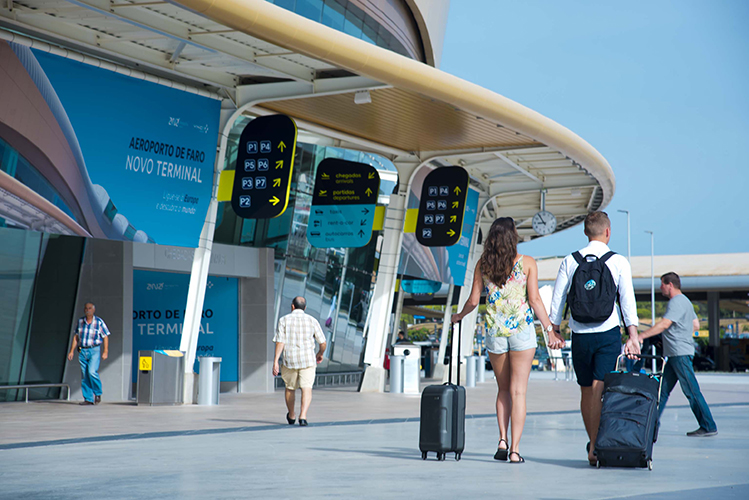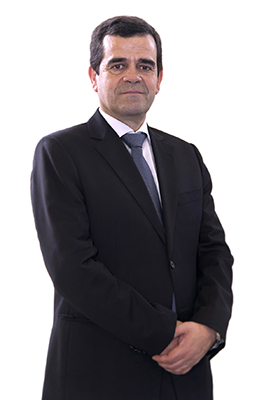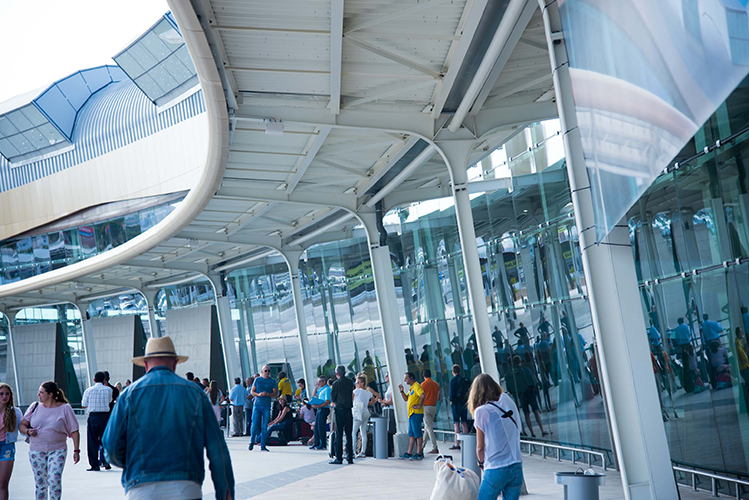Portugal as a tourism destination is becoming more popular than ever, with the Algarve being one of Europe’s most chosen locations for holidays and second home residents. The tourism growth in the Algarve is also the result of a strategic shift in tourism product offers.

To accommodate Faro Airport’s continued growth in a sustained way, a new €33 million terminal was opened in July. The expansion to a terminal area of 93,120sqm increases hourly capacity to 3,000 passengers each way, and 30 movements per hour.
“The region’s answer to the changing trends in tourism worldwide, and the need to complement the sun and sea product offer by creating product diversification, has been crucial to reduce seasonality and make the Algarve more competitive,” says Alberto Mota Borges, Faro Airport Director.
This successful approach is reflected in the latest traffic figures, which show 16% growth in passenger numbers for the year-to-date. Indeed, in 2016, Faro was Portugal’s fastest-growing airport, with an 18.5% increase to 7 million passengers, reflecting its important role in the economic development of the country by serving the main tourist centres of southern Portugal and Spain.
To accommodate the airport’s continued growth in a sustained way, a new €33 million terminal was opened in July, expanding the terminal area to 93,120sqm.

Alberto Mota Borges, Faro Airport Director: “In the competitive context of a touristic airport, it is our priority to work in close cooperation with the tourism sector, seeking to meet visitors’ expectations and ensuring conditions of competitive air accessibility, allowing the development of new markets and sustaining existing ones.”
“The new terminal was projected to create an infrastructure that could adapt to a new paradigm of air transportation in the Algarve and throughout Europe – namely the increase of low-cost airlines and travel,” Mota Borges explains. “Faro Airport has registered a continual increase in low-cost carrier traffic, and at the same time, a decrease of passengers from other types of flights. This reality results in a new passenger profile, with new needs and that spends more time dispersed in the terminal.”
New security control areas have also been constructed, maintaining high safety standards and an adequate level of quality of service.
A significant proportion of Faro’s passengers travel to non-Schengen destinations, mainly the UK, so the passport control process is now immediately after security control.
“This also represents a huge change in the F&B and retail concept, because non-Schengen passengers will have increased dwell time airside and will find a bigger offer in every product category,” Mota Borges comments. “The retail mix in the non-Schengen area was defined according to passenger profile, which we know from historical results and from research we’ve developed. The market research studies conducted focus on consumer profile segmentation, which allows us to define the tenant mix of every airport per each segment.”
The non-Schengen area includes a walkthrough duty free store, where passengers will find all of the core categories. Travellers will exit the walkthrough store into a plaza, featuring shops such as Victoria’s Secret, Parfois, Relay, Fashion Gate, Travel & Business, Sports at Heart, Sunglass Hut, Swarovski, Attitude, and Portfolio – a Portuguese speciality store.
The F&B units are located in the same plaza, where a mix of international brands like Burger King, Subway, Costa Coffee, Rossopomodoro, Carlsberg Bar, Soho and Mulligan’s offer a variety of choices for passengers.

Alberto Mota Borges, Faro Airport Director: “The new terminal was projected to create an infrastructure that could adapt to a new paradigm of air transportation in the Algarve and throughout Europe – namely the increase of low-cost airlines and travel.”
Meanwhile, Schengen travellers, who aren’t subject to passport control, will find a different airside offer. The Schengen area similarly has a walkthrough duty free store, which is followed by a plaza with brands like Relay, Parfois, Sunglass Hut, Travel & Business, Sports at Heart and Fashion Gate. F&B is developed in a single unit, but with multiple offers. Also near the gates, Schengen passengers will have a kiosk with sandwiches and pastries from French brand Paul.
“In the competitive context of a touristic airport, it is our priority to work in close cooperation with the tourism sector, seeking to meet visitors’ expectations and ensuring conditions of competitive air accessibility, allowing the development of new markets and sustaining existing ones,” says Mota Borges. “In addition to the sustainable development of air traffic, it is a priority to develop the service to passengers, with the incorporation of dynamic passenger marketing and support functions to passengers to achieve improvements in the service provided.”







